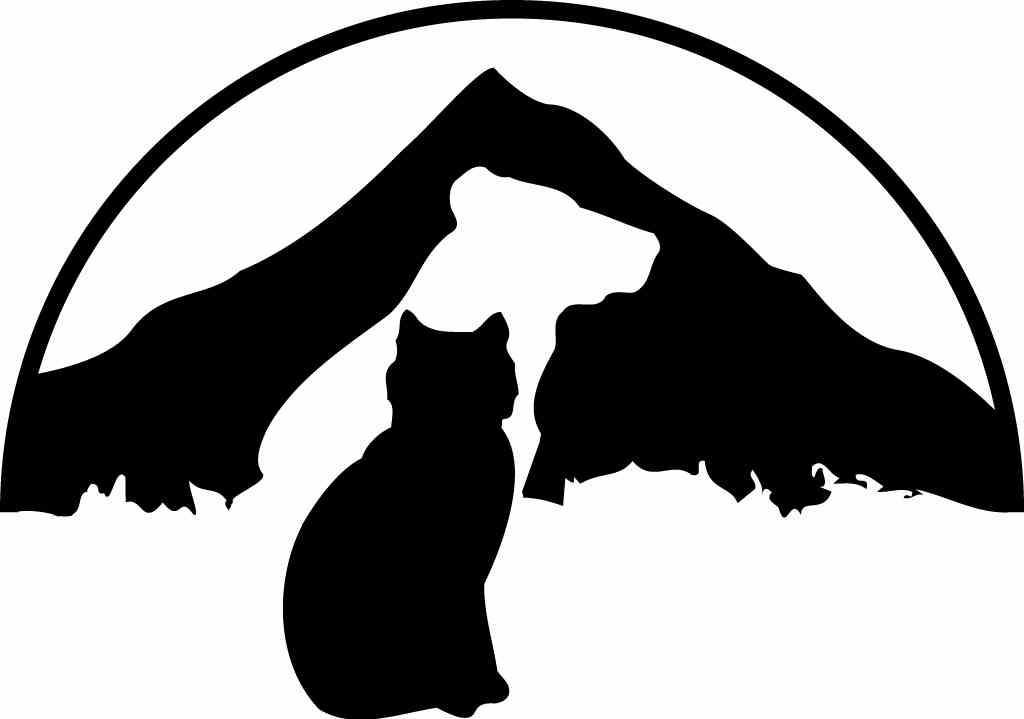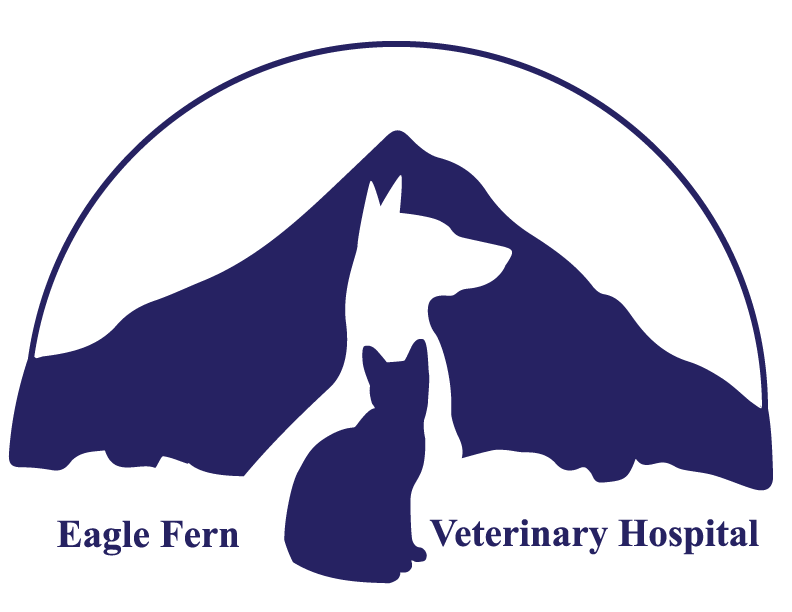 Obesity Obesity
 |
Obesity is a common problem that we see and feel owner should be more concerned about helping their pet stay trim. If you can not feel your animal's ribs or discern a defined waist, your animal is overweight. |
Major causes of obesity are decreased activity and too many calories from feeding palatable, high-calorie diets, often free choice as well as table scraps and treats. Other factors include metabolic problems, neutering which lowers calorie requirements, and breed predisposition i.e. Labradors and Retrievers. Before starting a weight reduction program, a good history, physical exam, blood test, thyroid test and urinalysis are initial diagnostics recommended to rule out other causes of obesity.
Being obese can lead to serious health problems such as aggravation of joint or disc disease, breathing difficulty, exercise intolerance, diabetes, pancreatitis, and increased surgical and anesthetic risk. A recent study showed that lean animals had their life extended by two years, did not develop chronic disease until 12 years of age, and had less visible signs of aging.
Treatment of obesity involves modification of diet, exercise and behavior of the owners. All family members must be convinced of the pet's obesity problem and committed to correct it.
For weight reduction, regular diets fed in decreased amounts usually fail to eliminate obesity. Low calorie, high fiber diets designed for weight reduction should be fed. These diets include Hill's R/D, W/D or Maintenance Light, Purina CNM OM or Fit or Trim. Potential problems associated with these diets include a reduction in palatability, increased frequency of defection and flatulence. Palatability can be increased by heating the food or adding small amounts of garlic or onion powder. Divide the total amount to be fed each day into three of four small meals to help your pet be more satisfied. If you have several pets, feed them separately. Pets should be kept out of the kitchen during meals to prevent begging.
A target weight is set for the animal and then the pet should be weighed weekly. The goal is 1-2% weight loss per week. If weight loss has not occurred by 1 month after the start of a weight reduction program, the calorie intake should be reduced an additional 40%. Once the target weight is obtained, that animal's caloric intake should be adjusted to maintain an optimal weight with low calorie diets.
Try to reward your pet without giving food. Praise and attention, fun and games, walks, or massage can show your pet you care. If your pet is used to treats, substitute with healthy low calorie snacks, vegetables (celery, carrots, green beans) or fruit. Avoid grapes or raisins as these are toxic to dogs.
Try to increase activity in cats by using toys, laser pointers to chase and treat balls that dispense food kibble. Walk your cat safely with a cat harness. When walking, encourage jumping and active play using natural "toys" such as leafy twigs and piles of leaves. Feed your cat in different places every day to make him "hunt" for it. Use obstacles or feed from tall furniture.
Dogs can be easier to exercise. Dogs should have daily walks, gradually increasing the length or number of walks. Walks should not unduly stress the dog. Try walking on surfaces that offer resistance, such as sand, shallow water, fallen leaves or snow. Create a natural obstacle course with anything you encounter that your dog can jump over, crawl under or balance on. Play fetch with a ball or toy. Hide a toy or some kibbles and let your dog find it. Try exercising your pet with other pets or join a pet agility club.
| 

